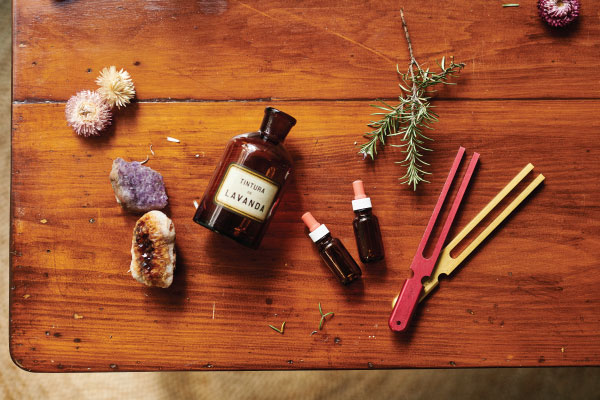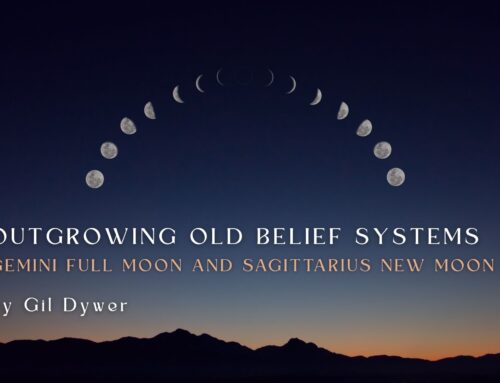I’ve been using essential oils in many areas of my life since my early teenage years, but it was only once I started my study in Clinical Aromatherapy that I began to understand just how powerful those unassuming amber bottles of botanicals are.
My personal oil rotation is constantly evolving, as I continue to experiment with new blends to support myself in finding peace and balance in my daily life. I am so excited to share what I have learned with my clients at Kundalini House and help to support them on their own path to wellness. Living in these uncertain times, there has never been a better reason to create a supportive self-care routine for yourself.
Aromatherapy is an ancient practice using natural oils extracted from plants to promote balance of the mind, body and spirit. While the term aromatherapy was only coined in the 1930s, there is evidence of the earliest human civilisations using aromatic plants for their therapeutic benefits. The Egyptians created the sacred perfume, Kyphi, from calamus, cassia, cinnamon, juniper berries and frankincense, which was burned in temples and said to relieve anxiety, brighten dreams and heal the soul.
During this same period of time, aromatic oils were also being prescribed for use in China and India, and this is still a principle aspect of ayurvedic medicine today. Hippocrates believed that the sense of smell bridges the gap between the body and the soul, which is why aromatherapy remains such a popular complementary holistic therapy, even in our world of modern medicine – it provokes a response in more than just our physical body.
Essential oils are highly concentrated plant extracts and each oil has a complex chemical profile which influences the effect it has on the body. Inhalation of the oils stimulates olfactory receptor sites and triggers nerve messages to the limbic area of the brain which creates a physiological response within the body. These responses are also created through topical use (at a safe dilution) and are particularly effective when combined with therapeutic massage.
The majority of people who turn to aromatherapy seek relaxation and reduction in stress and anxiety, but treatments can also be tailored to stimulate the body, boost mood and reduce mental fatigue. The outcome varies depending on the oils and application method used.
An aromatherapy treatment begins with a thorough consultation based on the clients physical, mental and spiritual wellbeing. Based on this, a blend of essential oils is created and applied using the chosen method during the massage, which can include inhalation, topical application and hot or cold compresses.
Treatments can provide relief for symptoms of stress and anxiety, depression, insomnia, PMS and menopause, muscular aches and pains and arthritis. In lower dilutions, there are many oils that are also safe for use during pregnancy and breastfeeding, and for clients undergoing cancer treatments. Aromatherapy can be used alone, or in conjunction with other complementary therapies and medical treatments.
Over the coming weeks I will be sharing more information about aromatherapy on the Kundalini House Instagram, including the oils I use most frequently in clinical treatments, their therapeutic benefits and applications methods than can be implemented at home to continue that blissful, post-treatment feeling.
Aromatherapy treatments are available at Kundalini House.
Grace McGregor
Dip. Remedial Massage, Dep. Clinical Aromatherapy
Grace has a Diploma in Remedial Massage and Clinical Aromatherapy and is currently studying towards an Advanced Diploma in Myotherapy.









Leave A Comment